Iran, a nation steeped in a rich history of artistry and craftsmanship, has quietly and confidently emerged as the undeniable powerhouse of the tile and ceramic industry in the Middle East. While many associate Iran with its ancient empires and vibrant bazaars, a quieter revolution has been taking place in its industrial sector. Fueled by abundant natural resources, skilled labor, and a strategic geographic location, the country has become the region’s top producer and exporter of tiles and ceramics. This transformation, however, is not without its complexities. This comprehensive article delves into the unique factors that have cemented Iran’s position as the tile and ceramic hub of the Middle East, meticulously examining the vast opportunities that lie ahead, as well as the significant challenges that must be navigated for sustained growth. Whether you’re an industry professional, a potential investor, or simply curious about this booming sector, you’ll gain an in-depth understanding of the forces shaping this critical market.

The Foundations of a Powerhouse: Why Iran Dominates the Market
Iran’s dominance in the tile and ceramic sector is not a matter of chance; it’s the result of a powerful synergy of natural advantages and strategic investments. Understanding these foundational pillars is crucial to grasping the country’s competitive edge.
Abundant and High-Quality Raw Materials
At the heart of Iran’s success lies its extraordinary geological wealth. The country is blessed with vast reserves of the key raw materials required for ceramic production, including:
- Kaolin: A crucial clay mineral that provides the white color and strength needed for high-quality porcelain and ceramic tiles. Iran has significant deposits, particularly in the northern and central regions.
- Feldspar: This mineral acts as a flux, helping to lower the firing temperature of ceramic bodies. Iranian feldspar is known for its purity and abundance.
- Silica (Quartz): Essential for forming the glassy phase in ceramics, silica is widely available across the country.
- Limestone and Dolomite: These are also used in various proportions to achieve specific properties in the final product.
The easy and affordable access to these raw materials significantly reduces production costs, giving Iranian manufacturers a major price advantage over international competitors. This self-sufficiency means they are not beholden to volatile global commodity markets for their primary inputs.
A Longstanding Tradition of Craftsmanship
Beyond the raw materials, Iran boasts a deep-rooted tradition of ceramic artistry. From the intricate tilework of ancient mosques and palaces to the vibrant pottery of modern workshops, the legacy of craftsmanship is a powerful cultural asset. This historical knowledge base translates into a highly skilled workforce today. Iranian ceramic engineers, designers, and artisans possess an intuitive understanding of the material, enabling them to produce a wide range of products, from simple wall tiles to intricate, custom-designed ceramic panels. This blend of traditional expertise with modern technology is a key differentiator.
Advanced Production Technology and Infrastructure
Over the past two decades, the Iranian government and private sector have heavily invested in modernizing the tile and ceramic industry. Today, many Iranian factories are equipped with state-of-the-art European and Chinese machinery, including:
- Continuous kilns: These energy-efficient kilns allow for high-volume, continuous production.
- Digital printing technology: This has revolutionized tile design, allowing for the creation of incredibly realistic wood, stone, and fabric textures.
- Automated sorting and packaging systems: These systems increase efficiency and reduce labor costs.
This technological advancement has enabled Iranian manufacturers to significantly boost production capacity, improve product quality, and keep pace with global design trends. The industry is concentrated in provinces like Yazd, Isfahan, and Semnan, which have become major industrial hubs with well-developed infrastructure to support production and logistics.
Strategic Geographic Location
Iran’s location at the crossroads of Asia, Europe, and the Middle East is a major logistical advantage. Its extensive network of ports on the Persian Gulf and the Caspian Sea, coupled with well-developed road and rail networks, makes it an ideal hub for exporting to neighboring countries. The proximity to key markets like Iraq, Afghanistan, Central Asia, and the Gulf Cooperation Council (GCC) member states significantly reduces transportation costs and delivery times. This strategic position allows Iranian producers to be highly responsive to regional demand.
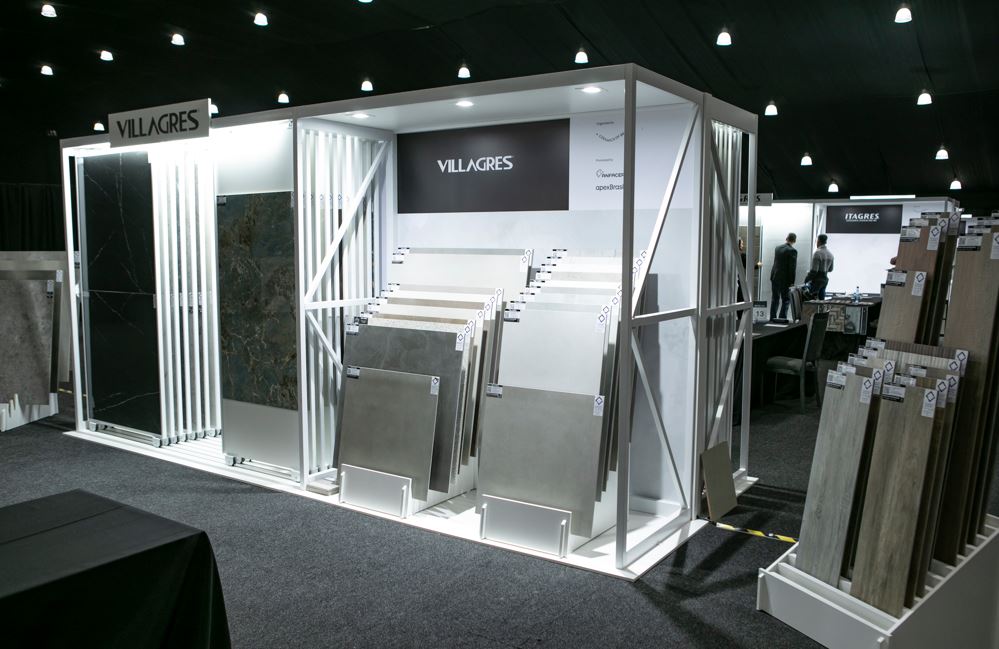
Opportunities for Growth and Expansion: A Path Forward
With its solid foundation, the Iranian tile and ceramic industry is poised for significant growth. Several key opportunities are driving this forward momentum.
The Growing Regional Construction Boom
The Middle East and Central Asia are experiencing a massive construction boom. From new cities in Saudi Arabia and the UAE to post-conflict reconstruction in Iraq and Syria, the demand for building materials, particularly tiles and ceramics, is at an all-time high. Iran, with its competitive pricing and proximity, is perfectly positioned to capitalize on this demand. The country’s ability to produce a wide variety of tile types, from affordable floor tiles for residential projects to high-end porcelain for commercial buildings, makes it a versatile supplier.
Expanding into New Export Markets
While traditional markets like Iraq and Afghanistan remain crucial, Iranian producers are actively seeking to diversify their export portfolio. There is a growing focus on penetrating markets in:
- Sub-Saharan Africa: A rapidly urbanizing continent with increasing demand for building materials.
- Eastern Europe: Countries like Russia and the Commonwealth of Independent States (CIS) are major consumers of ceramic products.
- China and India: While these are major producers themselves, there are niche opportunities for high-quality, unique Iranian designs.
This diversification strategy is crucial for reducing reliance on a few key markets and mitigating geopolitical risks.
Focus on Value-Added Products
Iranian manufacturers are moving beyond basic tiles and investing in the production of value-added products that command higher prices. This includes:
- Large-format porcelain slabs: These are increasingly popular for countertops, wall cladding, and flooring in luxury homes and commercial spaces.
- Thin tiles: Lightweight and versatile, these are ideal for renovations as they can be laid directly over existing surfaces.
- Porcelain stoneware and mosaic tiles: These offer a high degree of design flexibility and durability.
By focusing on these premium products, the industry can increase its profit margins and establish a reputation for innovation and quality.
Leveraging E-commerce and Digital Marketing
The digital age presents a significant opportunity for Iranian tile manufacturers to connect directly with B2B and B2C customers worldwide. By investing in professional websites, e-commerce platforms, and digital marketing strategies, companies can:
- Showcase their products to a global audience: High-quality photos and virtual showrooms can highlight the intricate designs and finishes of their tiles.
- Streamline the ordering and logistics process: Online portals can simplify international transactions and shipping arrangements.
- Build brand recognition: Social media campaigns and targeted advertising can help establish a strong brand identity and reach new customer segments.
Navigating the Challenges: Obstacles to Overcome
Despite the immense opportunities, the Iranian tile and ceramic industry faces a number of significant challenges that could hinder its growth if not addressed effectively.
International Sanctions and Financial Restrictions
This is arguably the most significant hurdle. The complex web of international sanctions against Iran makes it incredibly difficult for manufacturers to:
- Access international banking systems: This complicates financial transactions, especially for large-scale export deals.
- Procure cutting-edge European technology: Sanctions often prevent the sale of advanced machinery and spare parts.
- Attract foreign direct investment (FDI): Many international investors are hesitant to enter the Iranian market due to the risks associated with sanctions.
These restrictions force companies to rely on convoluted and often expensive workaround solutions, which increases operational costs and reduces competitiveness.
Intense Global and Regional Competition
While Iran is the regional leader, it faces stiff competition from other major global producers, particularly China and India, which have a reputation for producing vast quantities of tiles at highly competitive prices. In the premium segment, competition comes from countries like Spain and Italy, renowned for their superior design and quality. To compete effectively, Iranian manufacturers must continue to focus on improving quality, investing in design innovation, and maintaining a competitive cost structure.
Domestic Economic Volatility
The Iranian economy is subject to high inflation and currency fluctuations. This economic instability creates a challenging business environment for manufacturers. The rapid depreciation of the local currency can make it difficult to plan for long-term investments and can increase the cost of imported spare parts and raw materials that are not available domestically. Furthermore, high inflation erodes the purchasing power of domestic consumers, which is a key market for the industry.
Logistical and Infrastructural Bottlenecks
While Iran’s geographic location is an advantage, its logistics infrastructure is not without its issues. Delays at ports, customs, and border crossings can disrupt the supply chain and add to the cost of exports. The road and rail networks, while extensive, can be further optimized for greater efficiency. Improving these logistical channels is critical to ensuring that Iranian products can reach their destination markets in a timely and cost-effective manner.
Conclusion
Iran’s position as the tile and ceramic hub of the Middle East is a testament to its unique blend of abundant natural resources, deep-rooted craftsmanship, and a strategic vision for industrial growth. The industry’s journey is a compelling narrative of leveraging natural advantages and overcoming significant obstacles. The opportunities for continued expansion are undeniable, driven by the regional construction boom, a focus on value-added products, and a strategic push into new export markets. However, the path forward is not without its challenges. Overcoming the complexities of international sanctions, navigating a volatile domestic economy, and staying ahead of fierce global competition are essential for the industry’s long-term success. By continuing to invest in technology, focusing on quality and design innovation, and advocating for a more stable and predictable business environment, Iran can solidify its dominance and build a truly resilient and globally recognized tile and ceramic industry.


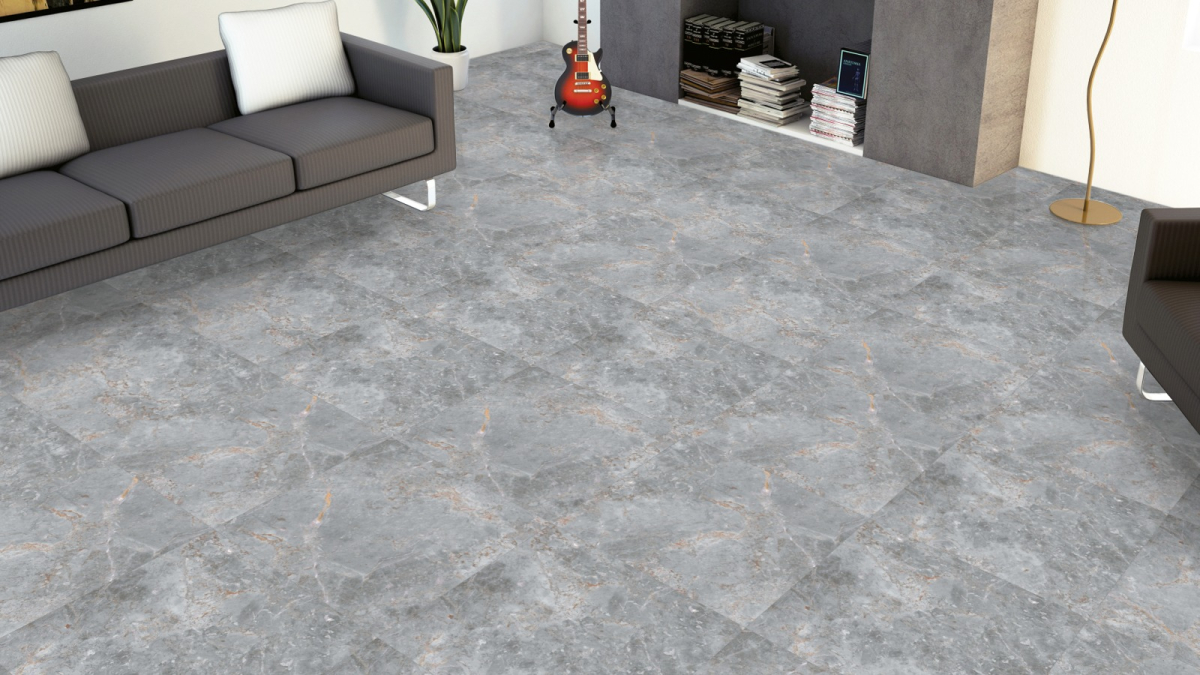
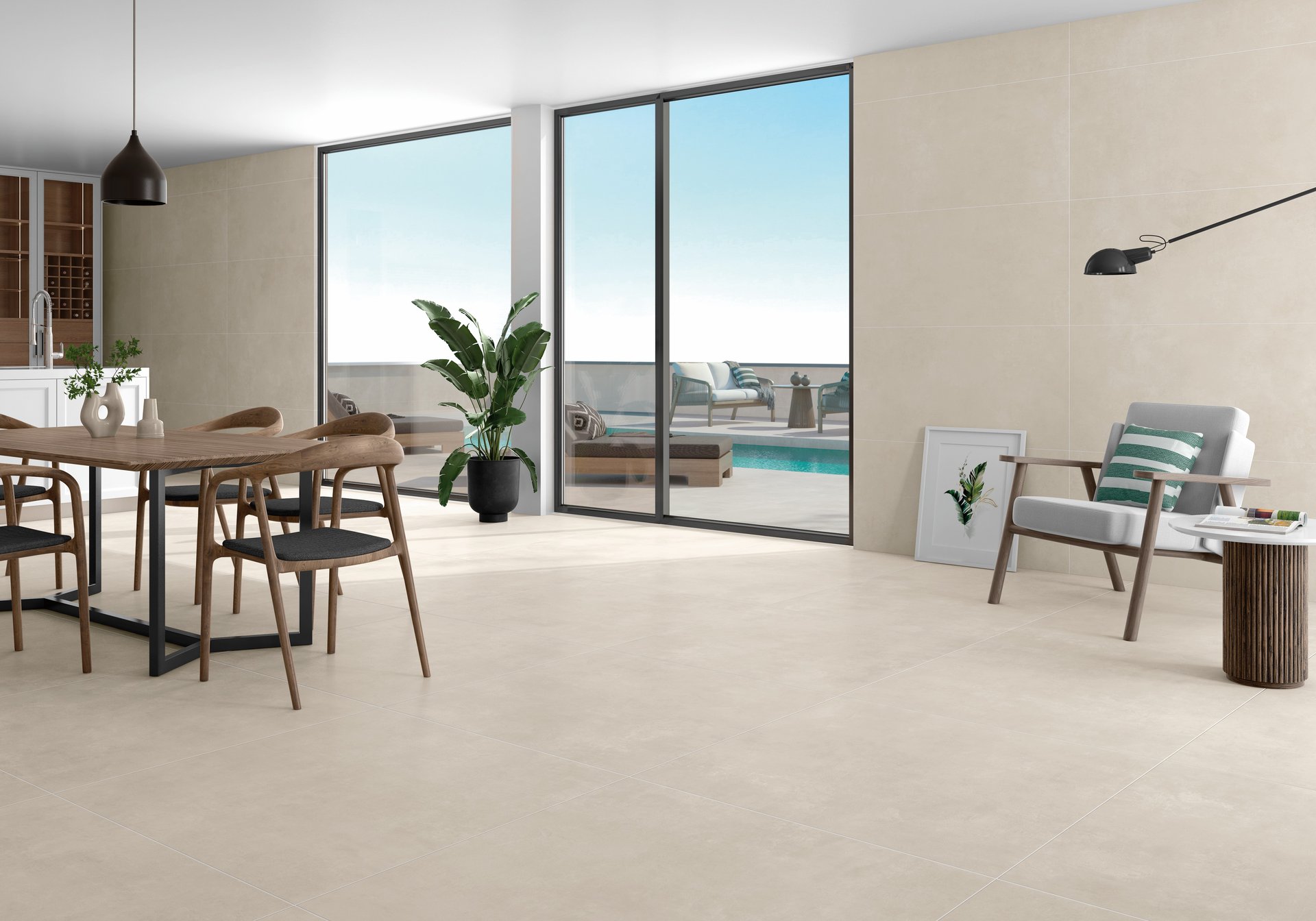
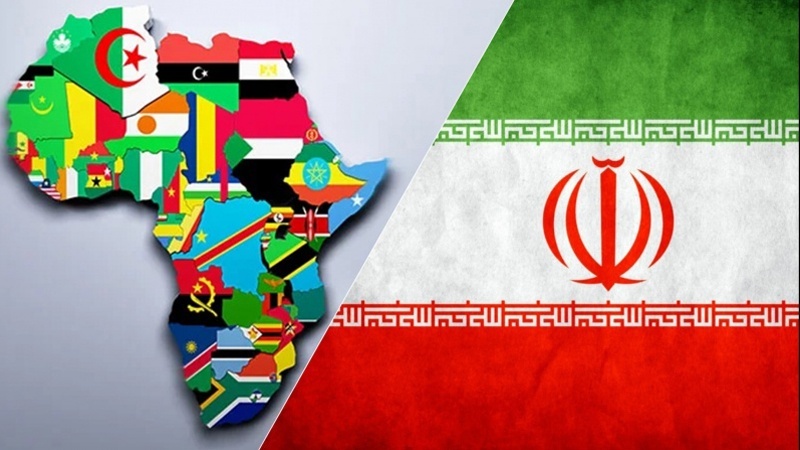
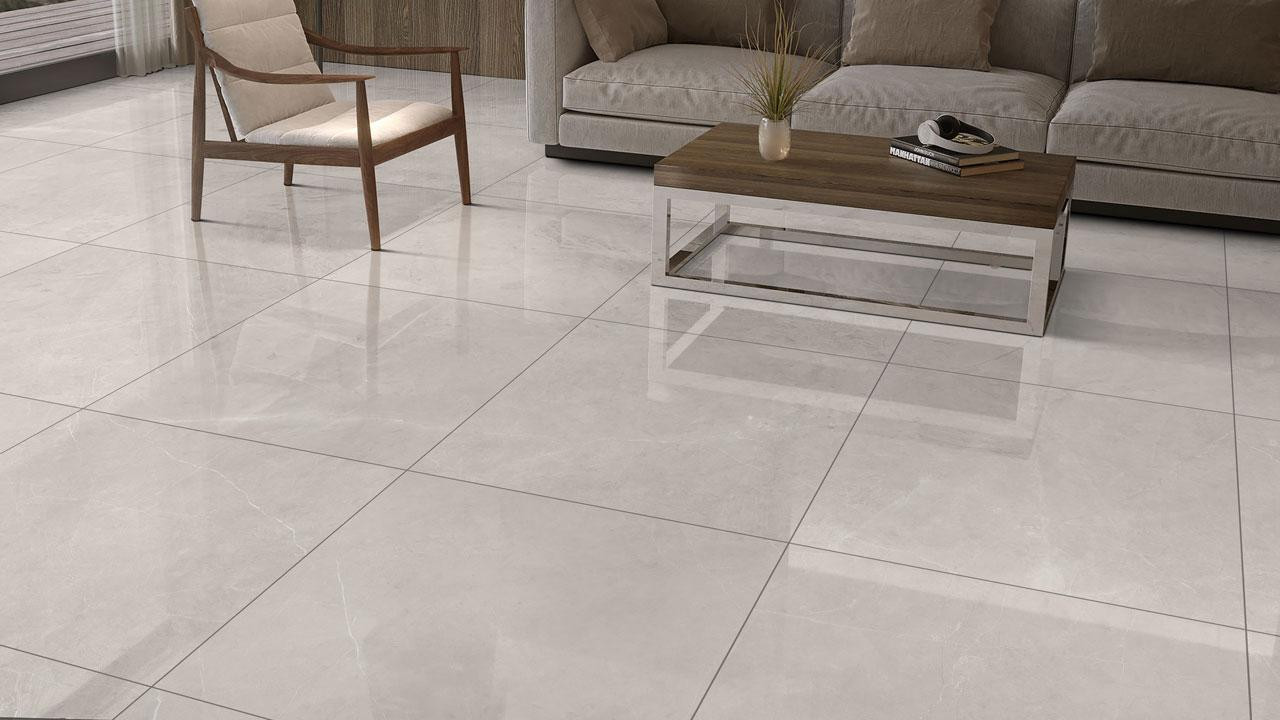
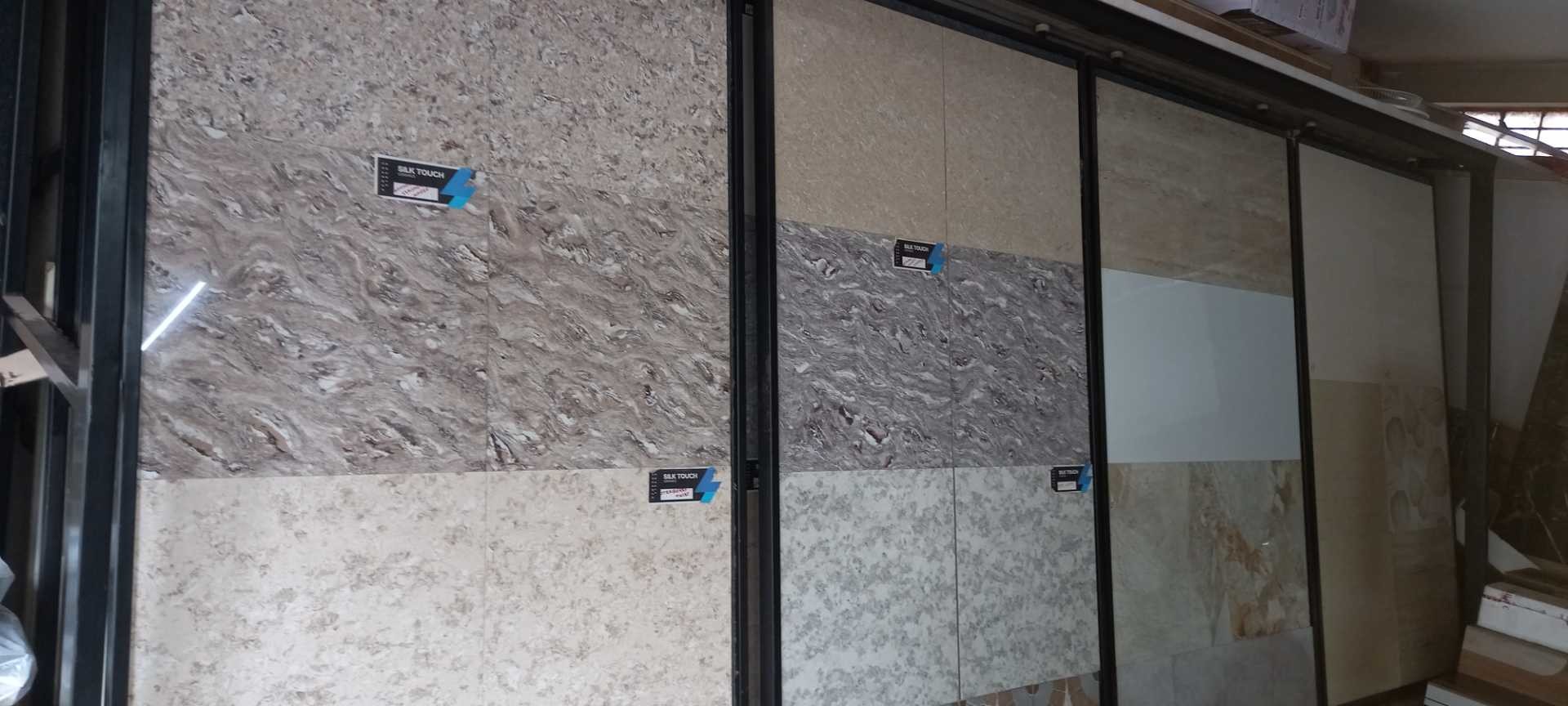
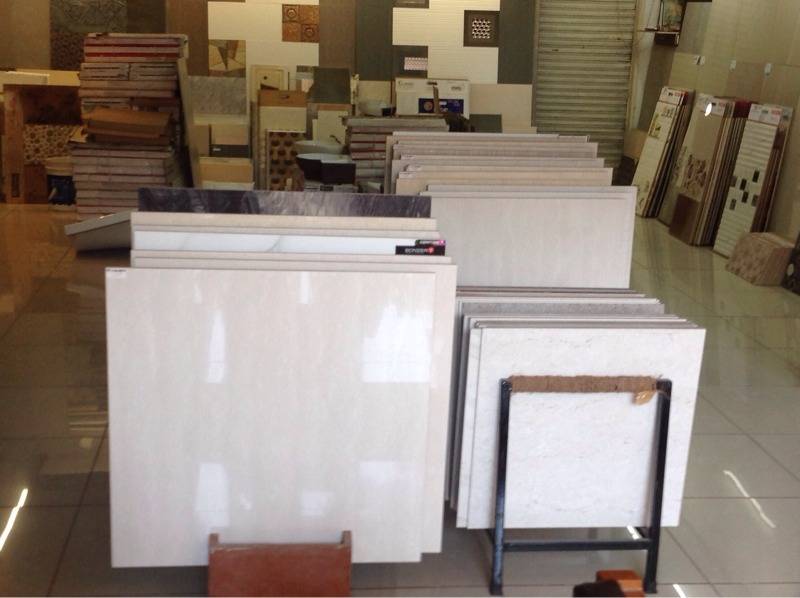

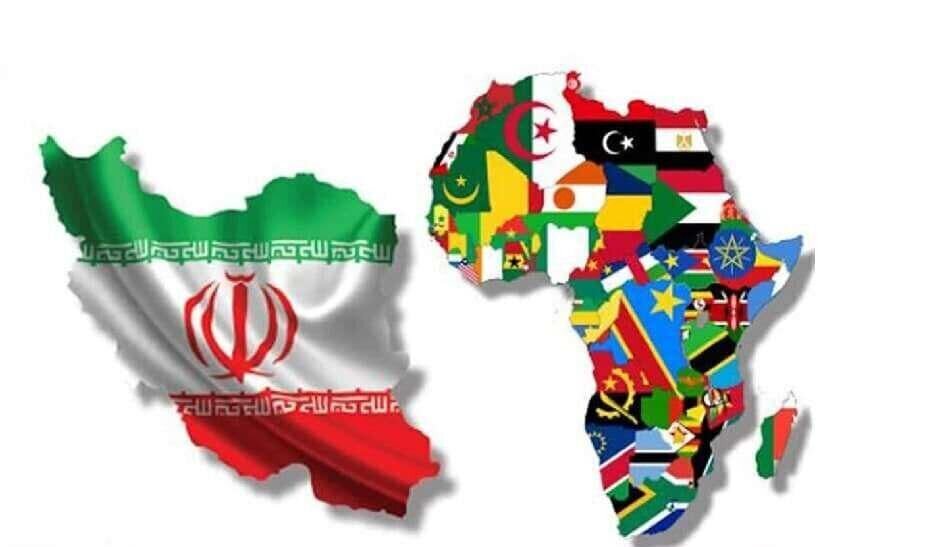
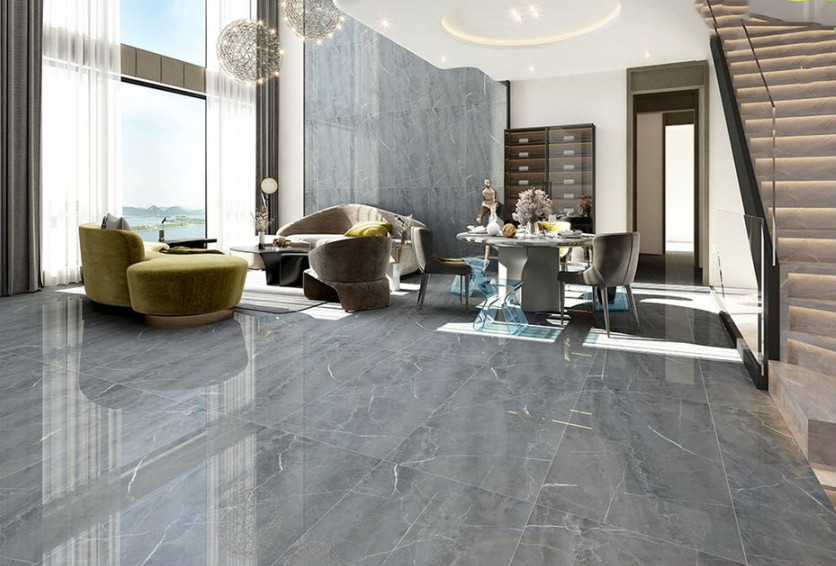
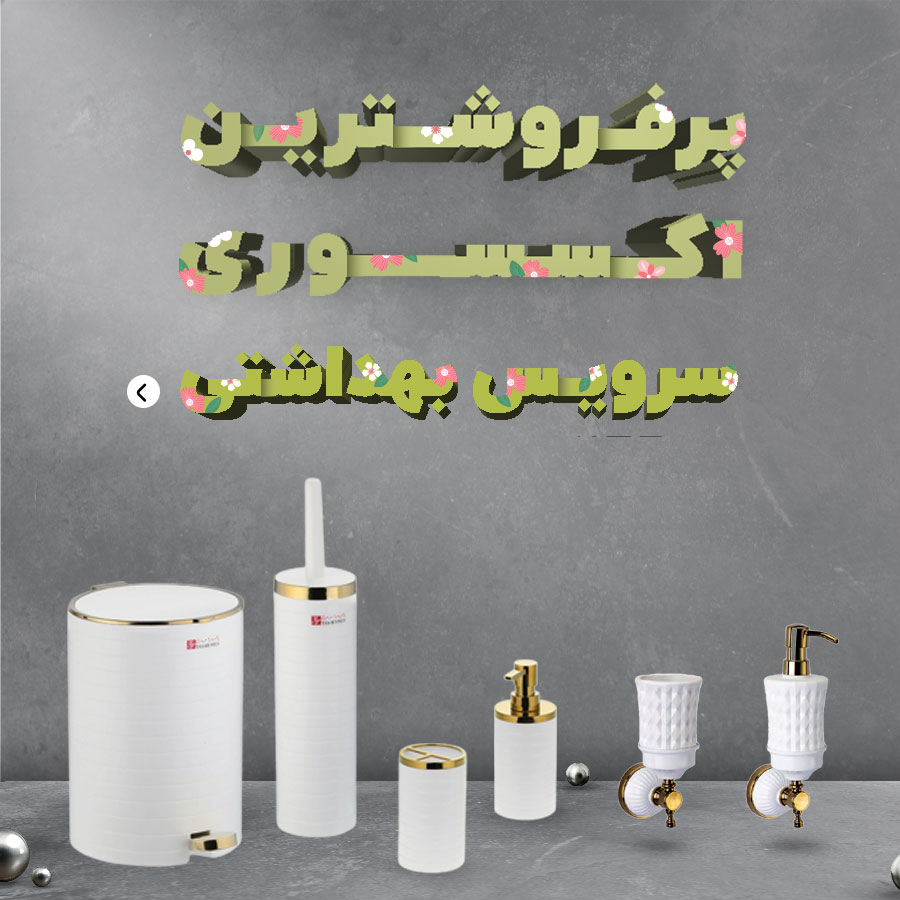

نظرات ۰